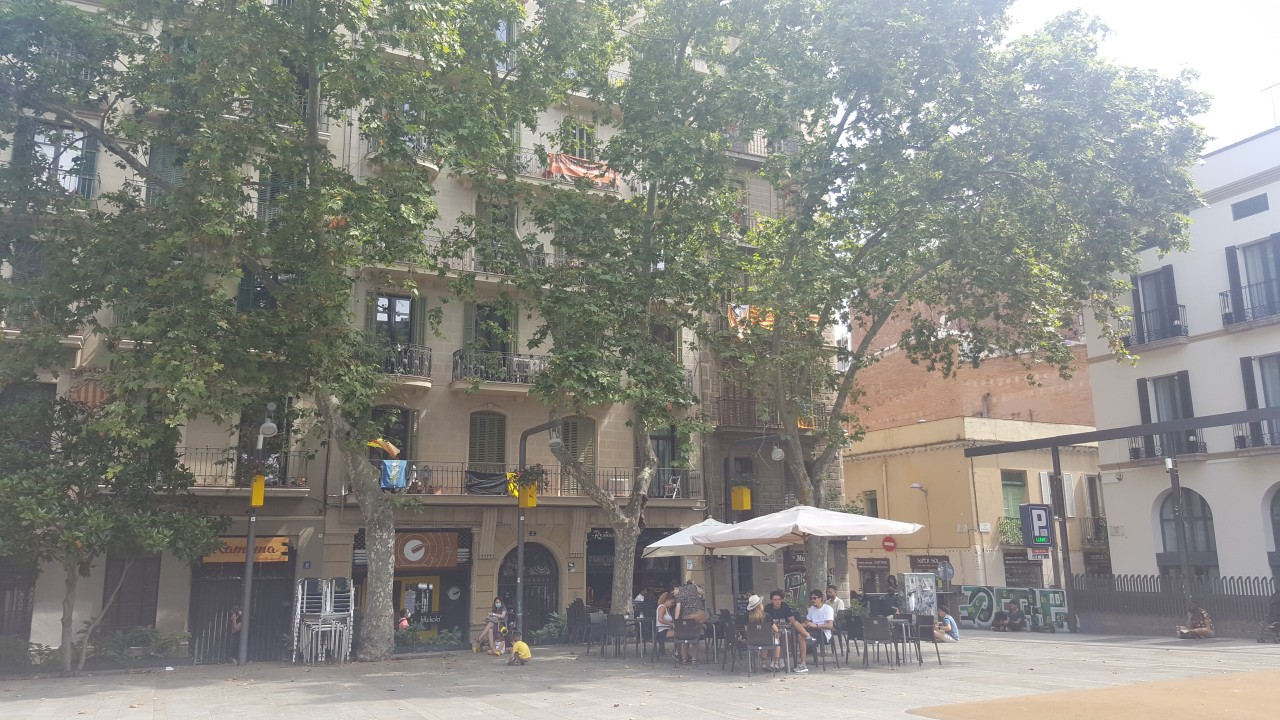
Promoting health and wellbeing through urban forests – Introducing the 3-30-300 rule
Urban forests provide a wide range of essential benefits. Current global challenges, such as climate change, environmental degradation, and the COVID-19 pandemic, have resulted in increased awareness of the importance of urban trees and green spaces. When working with cities, national governments, and international organisations, I am often asked for specific guidelines for developing successful urban forestry programs. I have mostly declined, because every city is different, which makes it difficult to set transferable targets across various contexts and settings for e.g., urban tree canopy cover.
However, the current state of research and practice, the urgency to green our cities and neighbourhoods, and the call for guidance from decision makers have made me to reconsider. While situations will always be complex and different, and guidelines are not written in stones, I would like to argue for a new rule of thumb for urban forestry and urban greening: the 3-30-300 rule. This rule focuses on the crucial contributions of urban forests and other urban nature to our health and wellbeing. It also recognises that we have to consider many different aspects of the urban forest in order to be successful. It also addresses the need for urban forests to percolate into our living environments. At the same time, it is straightforward to implement and monitor.
3 trees from every home
The first rule is that every citizen should be able to see at least three trees (of a decent size) from their home. Recent research demonstrates the importance of nearby, especially visible, green for mental health and wellbeing. During the COVID-19 pandemic, people have often been bound to their homes or direct neighbourhoods, placing even greater importance on nearby trees and other green in gardens and along streets. The Danish municipality of Frederiksberg has a tree policy that calls for every citizen to see at least one tree from their house or apartment. We should take this one step further.
30 percent tree canopy cover in every neighbourhood
Studies have shown an association between urban forest canopy and, for example, cooling, better microclimates, mental and physical health, and possibly also reducing air pollution and noise. By creating more leafy neighbourhoods, we also encourage people to spend more time outdoors and to interact with their neighbourhoods (which in turn promotes social health). Many of the most ambitious cities in the world in terms of greening, including Barcelona, Bristol, Canberra, Seattle, and Vancouver, have set a target of achieving 30% canopy cover. At the neighbourhood level, 30 percent should be a minimum, where cities should strive for even higher canopy cover when possible. Where it is difficult for trees to grown and thrive, e.g. in arid climates, the target should be 30% of vegetation.
300 metres from the nearest park or green space
Many studies have highlighted the importance of proximity and easy access to high-quality green space that can be used for recreation. A safe 5-minute walk or 10-minute stroll is often mentioned. The European Regional Office of the World Health Organization recommends a maximum distance of 300 metres to the nearest green space (of at least 1 hectare). This encourages the recreational use of green space with impacts on both physical and mental health. Of course it will be important to work with local context, as the needs in e.g., lower-density suburban areas will be different from those in denser urban areas. But also here efforts need to be made to provide access to high-quality urban green space, e.g., in the form of linear green spaces that double as cycle corridors and walking paths.
Applying the 3-30-300 rule will improve and expand the local urban forest in many cities, and with that promote health, wellbeing, and resilience.
This is wonderful. Every city everywhere should add this to their design.
Executive Director at BNI & Principal Consultant AGH Environment|Landscape|Horticulture
5moLove this 3-3-300 rule
National Business Development Manager: Carbon Neutral.com.au, +61 431417345 #business #environment #manager #climate #carbonneutral #a #1 #climateaction #carbonfootprint #decarbonisation #ESG #sales #marketing #bdm #MBA
9moCecil Konijnendijk - thanks so much for your work :-) At Carbon Neutral we are all about more Trees :-)
Professor Emerita at RMIT University
1yCecil Konijnendijk van den Bosch I like this - do you think this applies in low density cities like Australia? We are building more compact urban form these days but traditionally suburban development was very low density - 12 dwellings per hectare - and many people had the green space and trees on their own housing lot. These days the housing lot sizes are becoming smaller and there is more need for more public open space. Thoughts?
Pan Boombeheer
2yshould be followed from now on in all new management decicions